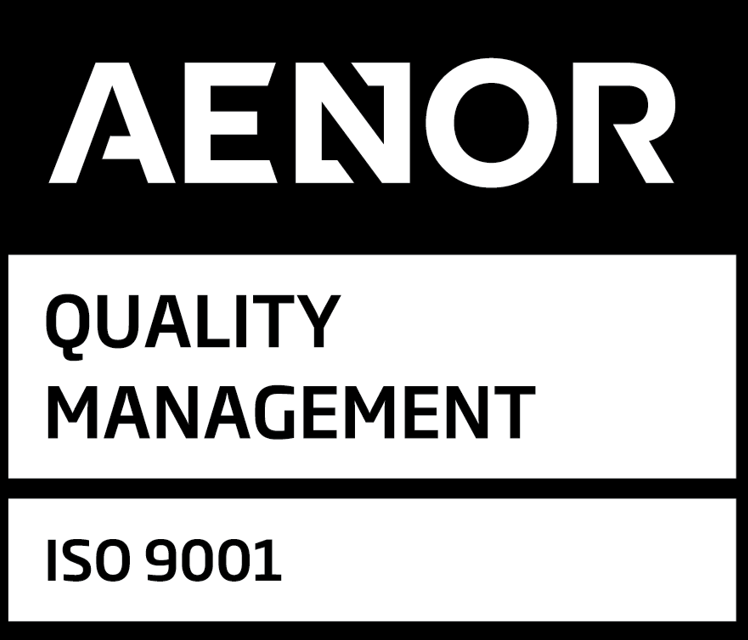New position statement published by the IVD expert panel on influenza viruses
MDx CRO, an IVD consultancy and CRO company, reviews the latest position paper published by the EU Commission IVD Expert Panel. The publication discusses the risk classification of influenza assays under the In Vitro Diagnostic Regulation (IVDR) and focuses on whether influenza viruses should be considered as high-risk Class D pathogens or fall under other risk categories.
Background
Influenza viruses, like many respiratory viruses, have the potential to cause life-threatening diseases with a high or suspected high risk of propagation. The severity and transmissibility of an influenza virus strain depend on various factors, including virus-specific, host-specific, and environmental factors. Seasonal influenza strains undergo antigenic drift, while antigenic shift can result in new influenza A subtypes, potentially leading to pandemics.
Transmissibility and Severity
Transmissibility is a key indicator of the ease of movement of the influenza virus between individuals and communities. It is influenced by the virus’s ability to spread from person to person, transmission dynamics, and population susceptibility. Influenza viruses can be transmitted not only between humans but also from animals to humans and vice versa, posing public health risks.
Disease Severity of Influenza A(H1N1)pdm09
The A(H1N1)pdm09 strain, responsible for the 2009 pandemic, was remarkably different from seasonal influenza strains, leading to a higher fatality rate and impacting younger populations more severely. Since the pandemic, A(H1N1)pdm09 has continued to circulate, causing significant disease burden globally. Despite available vaccines, their effectiveness remains a concern, and oseltamivir-resistant variants have been reported. Ongoing global surveillance and analysis of antiviral susceptibility are crucial for public health and patient care.
Other Circulating Influenza Virus Strains
Various seasonal influenza viruses, both type A and B, have the potential for high transmissibility and severe disease. An unusual and severe epidemic was observed during the 2017-2018 season, primarily dominated by influenza B virus, while influenza A(H3N2) and A(H1N1)pdm09 also caused severe cases in older adults. Additionally, zoonotic transmission of novel influenza strains, like H3N2, H7N9, and H5N6, has been reported, highlighting the importance of global surveillance and early warning systems.
Feasibility of Developing General Common Specifications for influenza assays
Given the unpredictable changes in influenza strains and the potential for novel variants to emerge, it is challenging to develop general common specifications with minimum performance requirements for class D devices. Assays for seasonal influenza detection, intended for individual infection detection, may not be suitable for detecting emerging strains with pandemic potential or from non-human origins. Such assays may require different safety protocols and risk assessments, and rapid confirmatory real-life performance evaluation studies should be considered.
Risk classification of influenza assays under the IVDR
Influenza viruses, particularly A(H1N1)pdm09, have demonstrated the potential for high transmissibility and severe disease, leading to significant public health consequences. The development of general common specifications for all influenza strains is challenging due to the varying risks and objectives associated with different assay types. With regards to the risk classification of influenza assays under the IVDR, the Commission’s position paper points out that seasonal influenza assays should be classified as class C devices, while class D devices may be necessary for assays intended to detect strains with pandemic potential or from non-human origins. This position statement may contradict some of industry’s initial assumptions on the classification of devices for seasonal influenza. V2 of the MDCG guidance on classification rules for IVDs originally stated that a “device intended for the detection of influenza A/B virus (non pandemic)” was a class B device according to rule 6.
Implications for manufacturers of influenza assays
The classification of IVDs can be highly intricate, and determining whether a device should be classified as Class B or Class C (and even D) often presents challenges. This complexity is particularly evident in devices where the associated risk level varies between low, moderate, and high, depending on factors such as circulating strains and the intended use of the device.
Notified Bodies have been adhering to the MDCG classification guidance to classify these devices and grant appropriate certification according to the risk class. For instance, assays designed to detect seasonal influenza were typically considered Class B devices, following examples provided in the guidance. On the other hand, assays intended for detecting high-risk strains would be classified as Class D (also according to the guidance).
This classification approach seemed logical until the latest advice from the expert panel was published. According to this updated advice, seasonal influenza assays could potentially be reclassified as Class C devices. This reclassification would have significant implications for manufacturers, as it would require the creation of Periodic Safety Update Reports (PSURs), Summary of Safety and Performance (SSP) documents, and other additional scrutiny throughout the entire process.
Given these potential changes, MDx CRO and relevant stakeholders are intrigued to learn how Notified Bodies will respond to this new development and what their expectations will be moving forward. Manufacturers may need to adapt their strategies to comply with a potential revised classification and the increased requirements, which may present both challenges and opportunities in the IVD industry.
Ongoing global surveillance, international collaboration, and data sharing are essential for effective influenza control and preparedness.
MDx CRO has extensive experience in conducting clinical performance studies and providing regulatory support for high-risk infectious disease IVDs.







